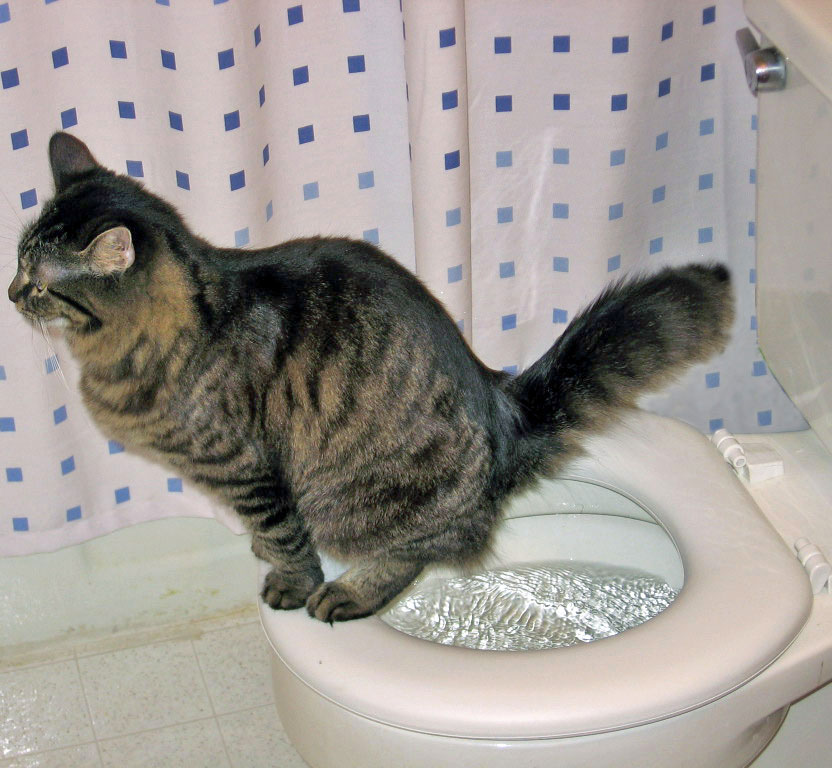Learning the Hazards of Flushing Animal Waste Down the Toilet
Learning the Hazards of Flushing Animal Waste Down the Toilet
Blog Article
Were you looking for facts and techniques around Why you should never flush dog poop down the toilet?

When it comes to dealing with waste, specifically animal waste, lots of people frequently consider the convenient option of flushing it down the toilet. Nonetheless, this seemingly simple option can have severe consequences for the atmosphere and public health. In this article, we'll check out why flushing pet waste down the commode is a bad concept and offer alternate techniques for proper disposal.
Introduction
Proper garbage disposal is crucial for maintaining environmental sustainability and public health. While it might appear harmless to flush animal waste down the bathroom, it can cause different issues, both for the environment and human well-being.
Dangers of flushing animal waste
Ecological influence
Flushing pet waste introduces unsafe bacteria and virus right into rivers, which can negatively impact marine ecosystems. These virus can contaminate water resources and damage aquatic life, disrupting fragile ecosystems.
Public health issues
Animal waste contains unsafe bacteria such as E. coli and Salmonella, which can pose significant health risks to human beings. Flushing pet waste down the toilet can pollute water materials, leading to the spread of illness and infections.
Alternatives to flushing
As opposed to flushing animal waste down the bathroom, there are several alternate disposal approaches that are much more environmentally friendly and hygienic.
Composting
Composting animal waste is an eco-friendly way to take care of it. By composting, raw material is broken down right into nutrient-rich dirt, which can be utilized to fertilize gardens and plants.
Land fill disposal
Taking care of pet waste in a garbage dump is another alternative. While not as environmentally friendly as composting, it is a more secure choice to flushing, as it protects against the contamination of water sources.
Family pet waste disposal systems
There are specific pet waste disposal systems available that securely and hygienically dispose of animal waste. These systems usually utilize enzymes to break down waste and eliminate odors.
Actions to correct animal waste disposal
To ensure appropriate disposal of pet waste, comply with these steps:
Scooping and nabbing waste
On a regular basis scoop and bag animal waste making use of eco-friendly bags. This protects against waste from polluting the setting.
Using marked waste containers
Dispose of bagged pet waste in marked waste containers, such as garden compost containers or garbage dump containers. Stay clear of flushing it down the commode at all costs.
Cleaning can and pet areas routinely
Frequently tidy litter boxes and animal locations to stop the buildup of waste and microorganisms. Usage pet-safe cleaning products to maintain health.
Advantages of appropriate disposal approaches
Taking on appropriate disposal techniques for pet waste provides a number of benefits:
Lowered environmental pollution
Proper disposal methods decrease the danger of environmental pollution, protecting waterways and environments from contamination
Decreased threat of water contamination.
By preventing flushing animal waste down the bathroom, the threat of water contamination is significantly lowered, safeguarding public health.
Improved cleanliness and health
Proper disposal techniques promote far better cleanliness and hygiene, developing a much safer setting for both people and pets.
Conclusion
In conclusion, purging animal waste down the toilet is harmful to the environment and public health. By taking on alternate disposal techniques and following proper waste management practices, we can decrease the adverse effect of pet waste and add to a cleaner, healthier planet.
What To Do With Dog Poo – The Do's And Don'ts Of Disposing Of Faeces
Dog poo bins
Some councils provide dedicated dog waste bins in popular dog-walking areas that can take dog poo that has been bagged but you can legally dispose of dog waste in any public litter bin, as long as it is securely bagged. This also applies to your wheelie bin at home.
Do not flush
Water companies do not recommend flushing dog faeces down the toilet because certain parasites can survive the water processing treatment and are potentially harmful to humans. You should also never consider flushing dog poo that has been bagged down the toilet as the bags will not break down and instead create severe blockages in the sewage system.
In the woods
The Forestry Commission promotes a ‘stick and flick’ method for dealing with waste in the woods. This means finding a stick and using it to flick any poo from off the path so that it is out of the way of other walkers. You could also bury it as long as it is not in an area where there might be livestock.
Livestock
Parasites found in dog poo can be transmitted to livestock if they inadvertently eat infected faeces that has been left on grazing land. This could result in the death of sheep or abortion in cattle so you should always make sure you pick up your dog’s waste in fields where livestock could be present.

We hope you enjoyed our article on Don't Flush Your Pets Poo Down The Loo, Vet Warns. Thanks for taking time to read through our short article. Are you aware of anybody else who is curious about the subject? Why not share it. Many thanks for taking the time to read it.
Click Here Report this page